General purpose diodes use a basic P-N junction construction and are designed for moderate switching speed applications. Fast recovery diodes utilize additional epitaxial layers to reduce reverse recovery time, making them ideal for fast switching applications like power supplies. Schottky diodes combine a metal and semiconductor junction, offering very fast switching speeds and lower forward voltage drops for high-speed rectification and RF applications
General-purpose diodes are available in various types, such as rectifier diodes (e.g., 1N4007, 1N5399) for AC-to-DC conversion, Schottky diodes (e.g., 1N5819, 1N5822) for fast switching and low voltage drop, and fast recovery diodes (e.g., FR107, FR207) for high-speed rectification
Diode Symbol:

Diode Structure:

Diode Graph:

- Forward Bias Behavior: When the diode is forward-biased (positive voltage on the anode), it conducts current after reaching a threshold voltage (typically 0.7V for silicon diodes), and current increases rapidly beyond this point.
- Reverse Bias Behavior: In reverse bias (negative voltage on the anode), the diode blocks current, with only a small leakage current until the reverse breakdown voltage is reached, beyond which it may conduct in the reverse direction.
- Voltage-Current Relationship: The graph shows a sharp increase in current after the threshold voltage in forward bias, while in reverse bias, the current remains near zero until the breakdown voltage is exceeded.















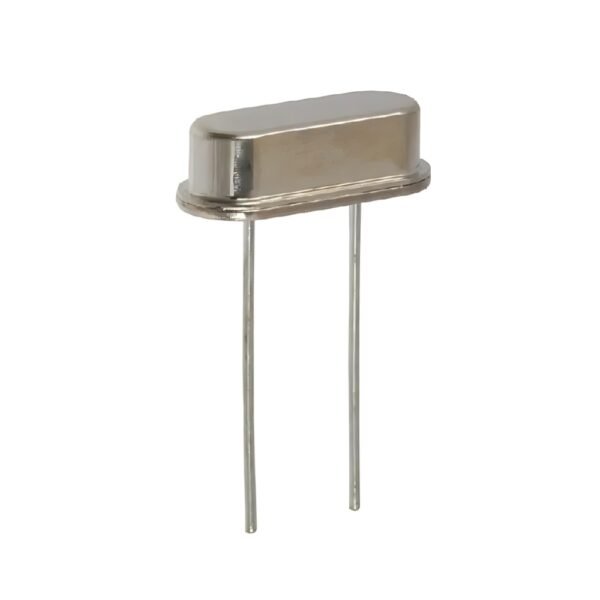

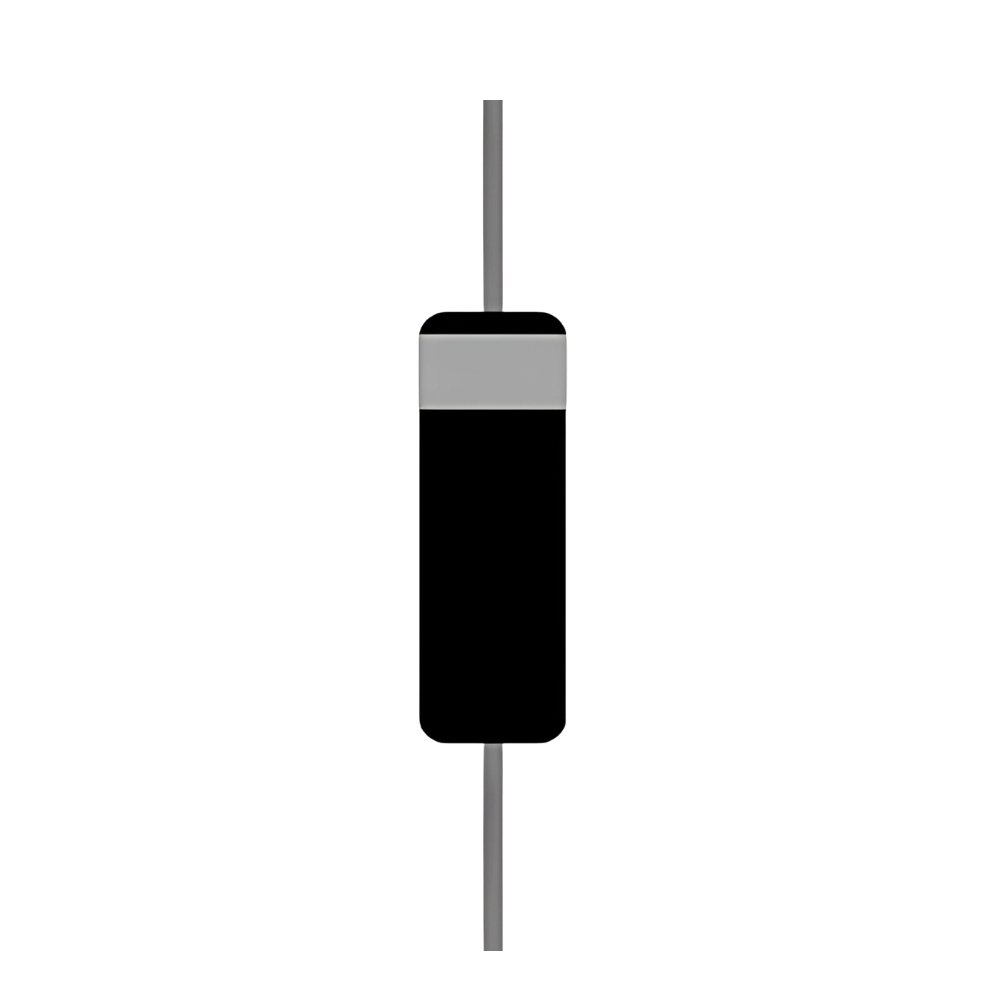
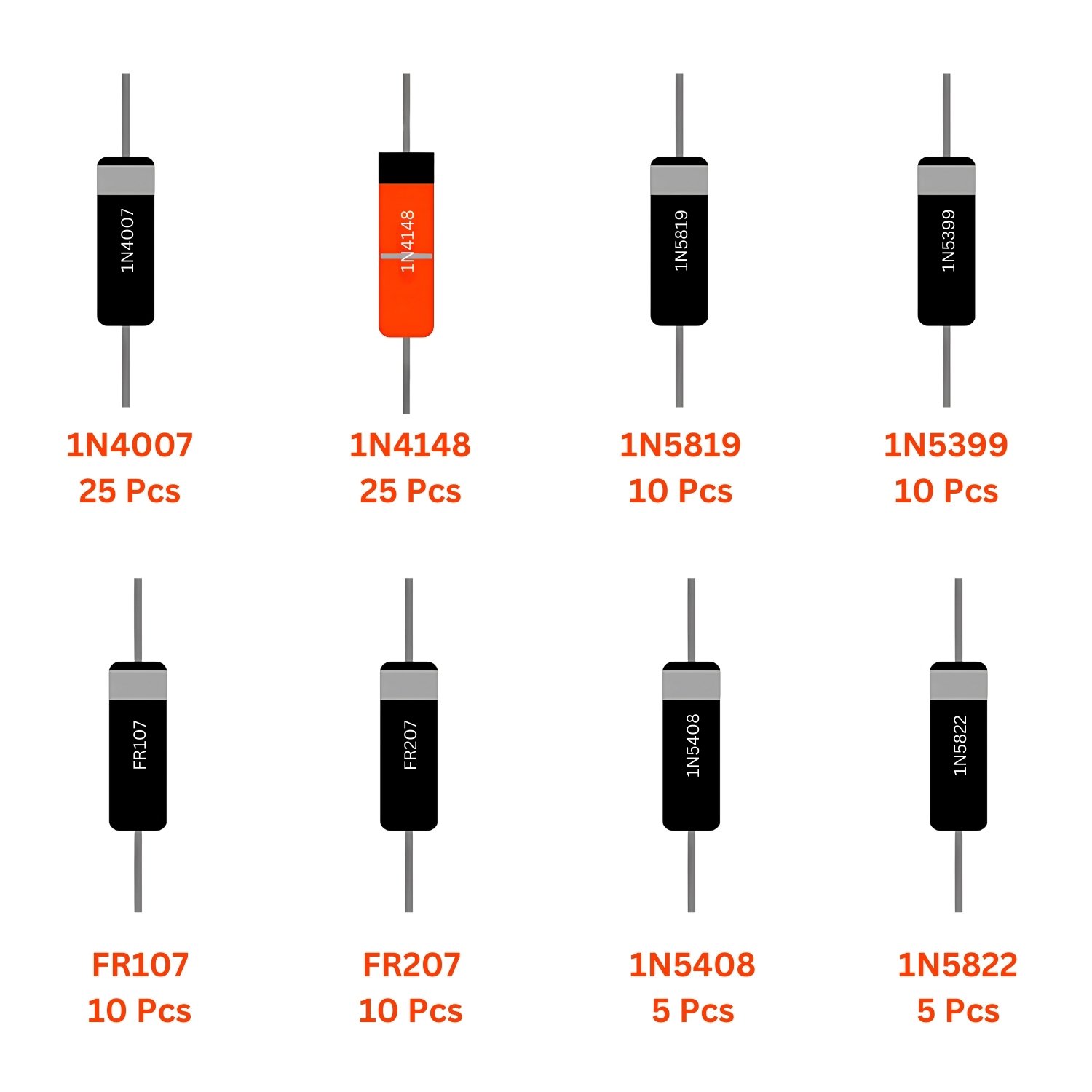
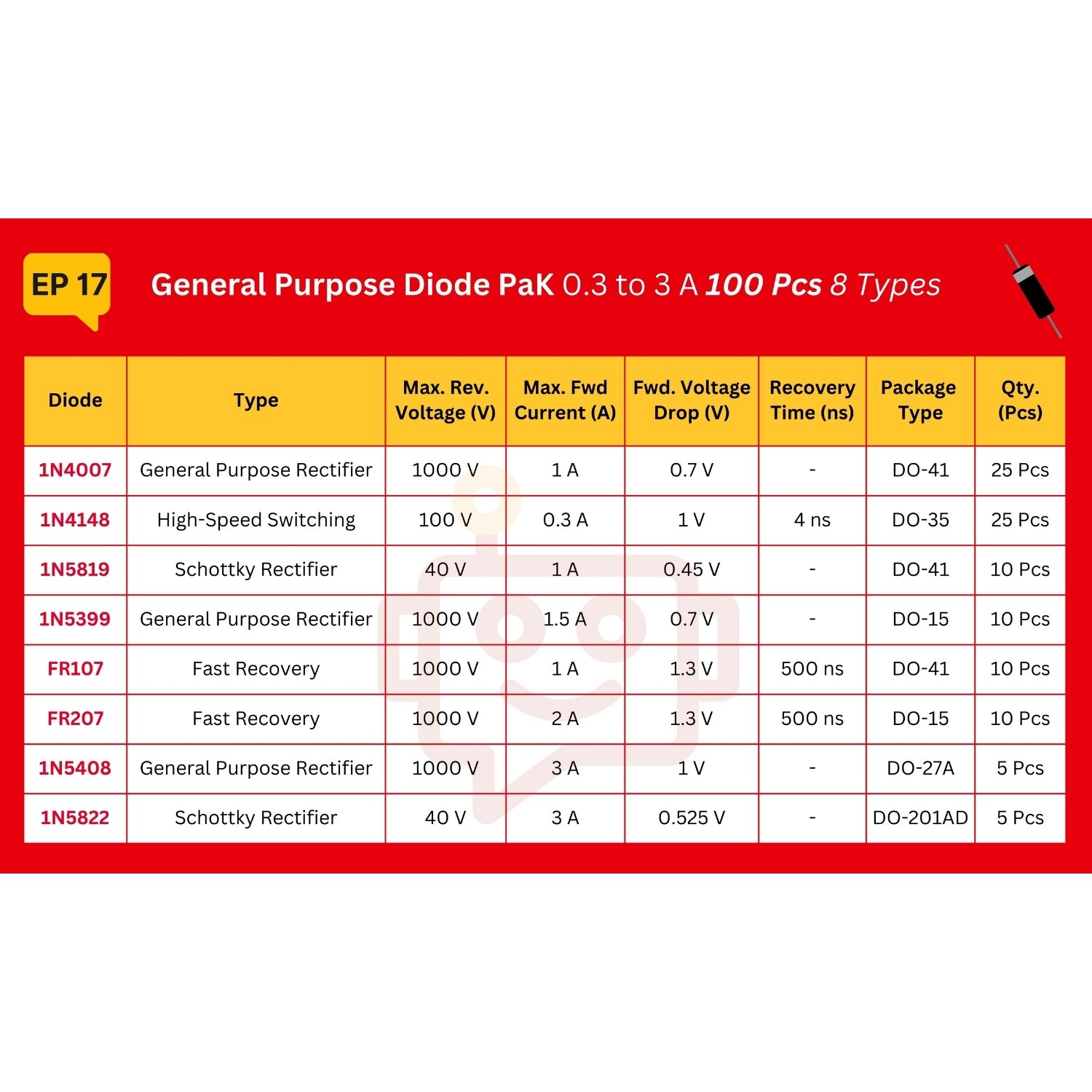
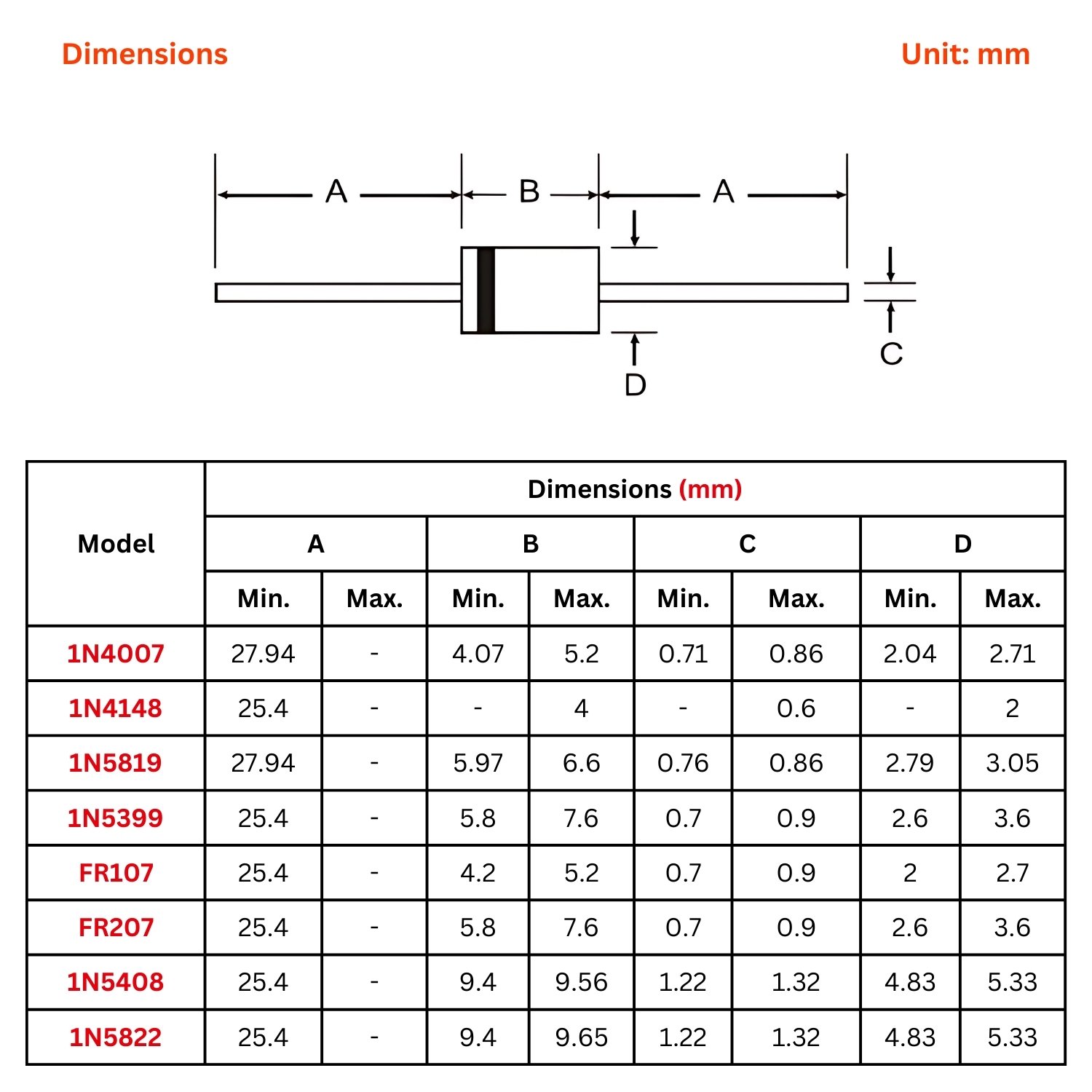
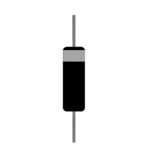


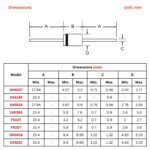
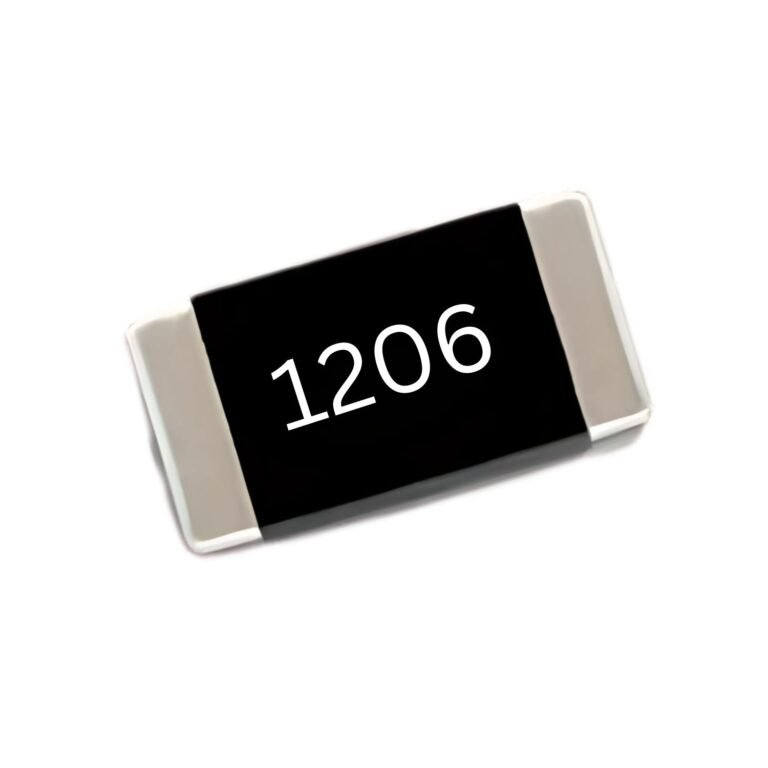
Reviews
Clear filtersThere are no reviews yet.